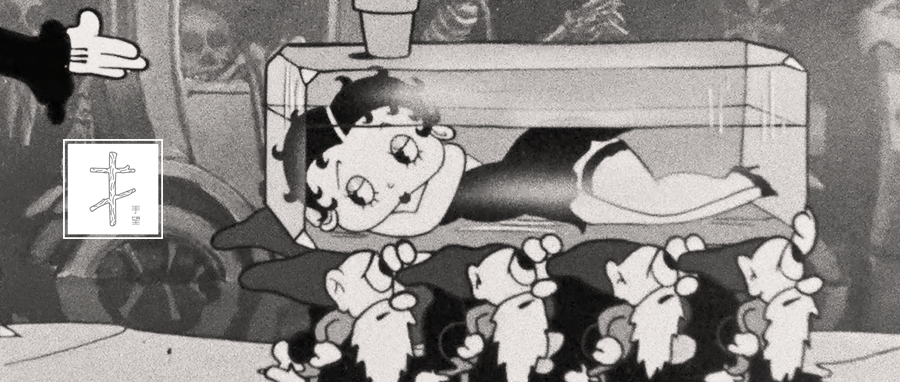
While the global economy was in the doldrums at the beginning of the 20th century, animation continued to thrive. The first color animated film, Thomas the Cat, was produced by Bray Films in 1920, using the two-color process of the day. The format of the animated film has changed considerably since then. In 1924 Max and Dave Fleischer’s Mother Pin A Rose on Me was released by the Arrow Film Corp. It was the first animated feature with sound and utilized the Lee DeForest Phonofilm sound treatment. After that, the most iconic animated film of all time, Fiddlesticks, was the first Flipping Frog film, and it was the first independent animation to be released theatrically with both sound and color. It was also the first project Ub Iwerks worked on after leaving Disney to start the studio.
However, most animated films released theatrically around 1930 were purely black and white due to limitations such as technical and other issues. This situation shifted in 1933 after Ub Iwerks developed the multiplane camera. Animation began an early color treatment. This multiplane camera was used in the first episode of Poor Cinderella (1934) with the Betty dolls and in most of the episodes that followed. The process involved building and sculpting three-dimensional sets on large turntables. The captured cells were placed in movable devices so that as the turntable rotated, the animated characters moved in front of and behind the 3D elements in the scene.
The most famous film in the history of animated cinema, Snow White, made its theatrical debut in 1937, the first traditionally animated feature film. It broke the limitations of animation in terms of short duration, narrow subject matter, and technological obsolescence. This movie had a great impact on the historical development of animation. Before this, American animation had been produced in a kind of workshop style, but the worldwide success of Snow White made animation a real business and showed the direction for the development of animation afterward. The movie continued the Disney tradition of adapting old fairy tales and other stories, as did most of the Disney feature films that followed.
Reference list: